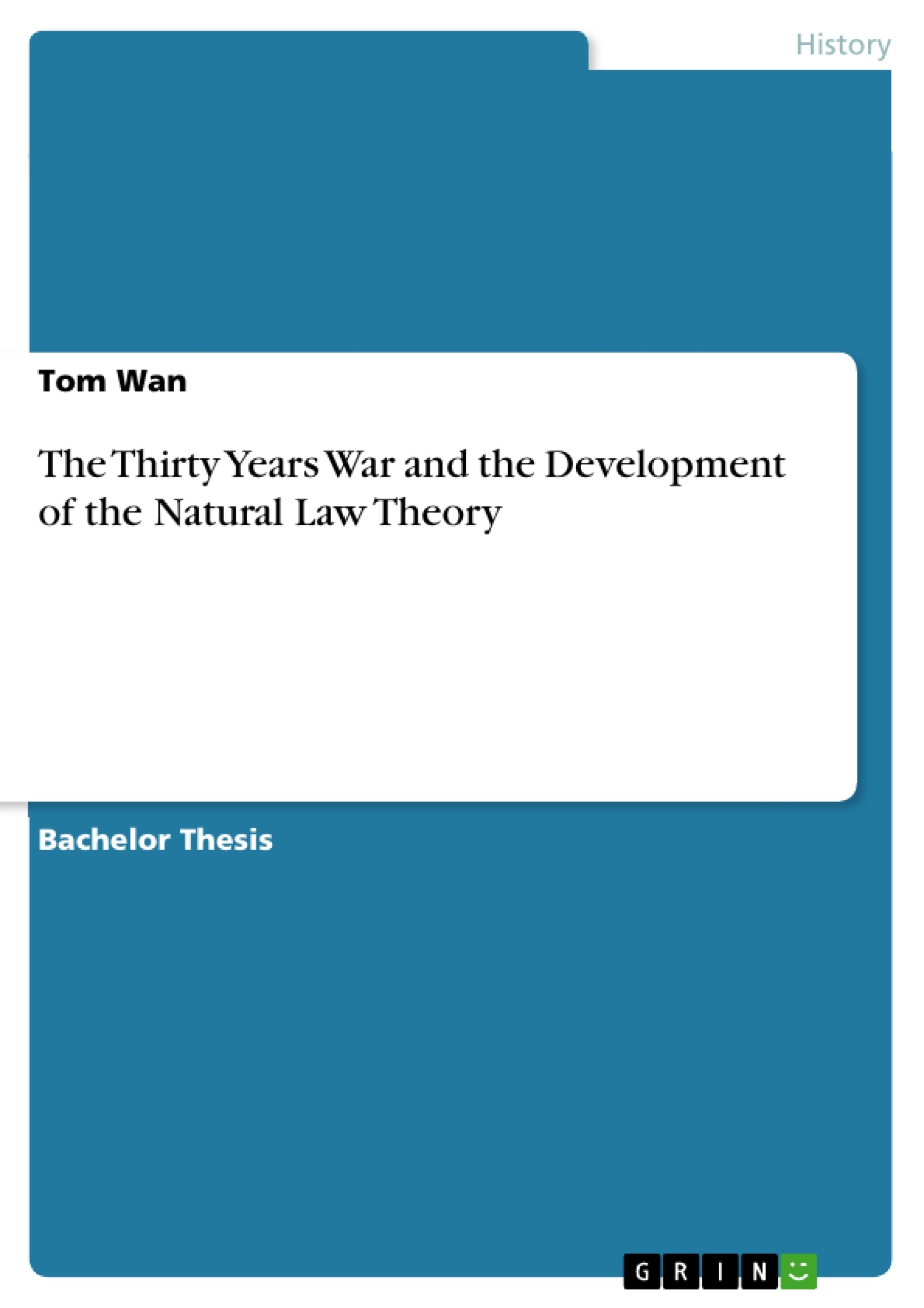The Thirty Years War embodied the impact of Protestantism to the peculiar route of state development of the Empire and subsequently the peculiarity of the development of political theories from the example of the Empire. The War was the last of a violent wave of political reforms which rode on the tide of ecclesiastical reformation: a tide which ravaged Europe since Martin Luther. The German Reformation was both an ideological and political movement that pitted the Protestant against the Catholics including the Emperor. It was pacified in mid 16th century but restarted and escalated during the Thirty Years War. Like the conflict of the 1540’s in the Empire and late 16th century Europe, the War was partly a political struggle between territorialism and central power – in this case between the Protestant princes and the Holy Roman Emperor.
Parallel to the center-peripheral struggle, as both the provincial Protestants and the Emperor’s adherents were equipped with exclusive moral philosophies, it cleaved two irreconcilable and mutually suspicious factions within the Constitution. Thus the end of the war there breeds a secular political innovation, a middle way comprises of both Protestants and Catholics without ecclesiastical conflicts that need to be resolved outside of the legal institution, under a Catholic theocracy which was a fundamentally exclusive federation before 1648. The peculiarity of the Thirty Years War to continental Europe was that, its outcome the Peace of Westphalia, unlike the other religious edicts, has not only shattered the ambiguity of a medieval feudal-theocratic structure that was the Imperial Constitution; it has also rejuvenated the Holy Roman Empire’s unity from within its peculiar medieval structure.
The old feudal representative structure embedded in the Constitution was furthered and therefore spared the Empire’s need to eliminate, but to include the Protestant opposition in a German federation. This development inspired legal political theorists such as Samuel Pufendorf and statesmen to envision rational, defined states based on the hitherto model of the Empire, a quasi-secular legal system. Thus, the implication of the Peace was both political and philosophical: first it reformed and consolidated Imperial structure; secondly it implied a separate model distinguished from the rest Western Europe for contemporary political philosophers concerning with how the state should behave morally.
Inhaltsverzeichnis (Table of Contents)
- Introduction
- Chapter 1: the German Reformation and the origins of the Thirty Years War in the Holy Roman Empire
- Chapter 2: the peculiarity of the Thirty Years War to the Holy Roman Empire, and the rest of Europe
- Chapter 3: The Impact of the Post-Westphalia Empire to Political Theorists
- Conclusion
Zielsetzung und Themenschwerpunkte (Objectives and Key Themes)
This dissertation examines the Thirty Years War and its impact on the development of natural law theory. It analyzes the war's origins in the German Reformation and its unique position within the Holy Roman Empire, exploring how it shaped political thought and contributed to the rise of rational state models.
- The influence of the German Reformation on the Thirty Years War and the Holy Roman Empire.
- The peculiarity of the Thirty Years War within the Holy Roman Empire and its broader European context.
- The impact of the Peace of Westphalia on the Holy Roman Empire and its implications for political theorists.
- The development of natural law theory as a response to the Thirty Years War and the changing political landscape of Europe.
- The role of the Holy Roman Empire in shaping political thought and the emergence of modern state concepts.
Zusammenfassung der Kapitel (Chapter Summaries)
Chapter 1 explores the origins of the Thirty Years War in the context of the German Reformation. It discusses the ideological and political tensions between Protestants and Catholics, and how the war became a struggle for territorialism and central power within the Holy Roman Empire.
Chapter 2 delves into the unique features of the Thirty Years War within the Holy Roman Empire. It examines how the war differed from other conflicts in Europe due to the theocratic nature of the Empire's constitution, leading to two irreconcilable factions.
Chapter 3 focuses on the impact of the Peace of Westphalia on the Holy Roman Empire and its influence on political theorists. It analyzes how the treaty reformed the Imperial structure and fostered a distinct model for state development.
Schlüsselwörter (Keywords)
The key themes and concepts explored in this dissertation include the Thirty Years War, the Holy Roman Empire, the German Reformation, natural law theory, political thought, state development, and the Peace of Westphalia.
- Citation du texte
- Tom Wan (Auteur), 2011, The Thirty Years War and the Development of the Natural Law Theory, Munich, GRIN Verlag, https://www.grin.com/document/341403



